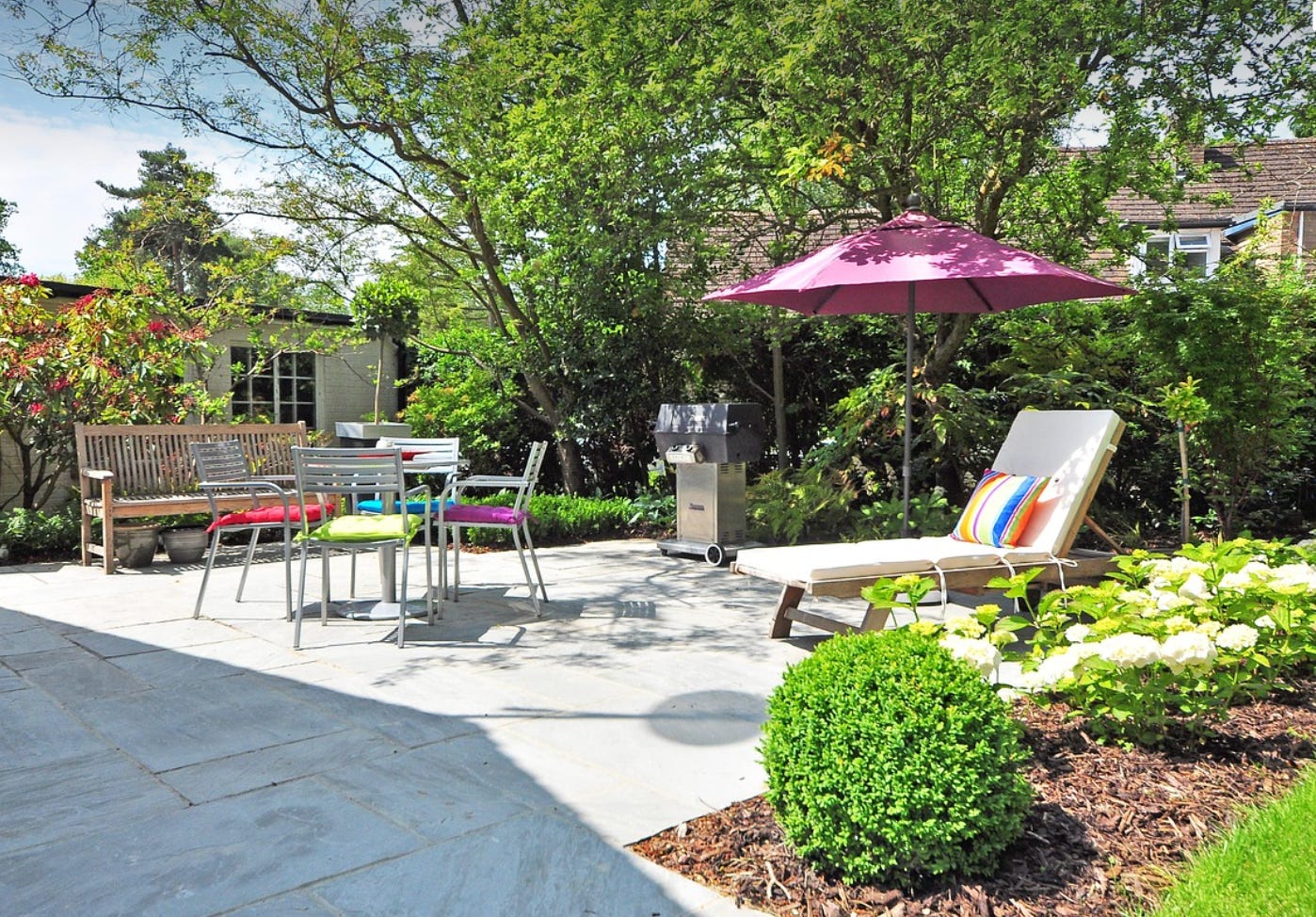Vermont Towns Tighten Short-Term Rental Rules Amid Housing Crisis, But Balance with Tourism Still Elusive
Underlying the debate is a complex tension between preserving housing for residents and sustaining Vermont’s tourism-driven economy.
LONDONDERRY, Vt. — When voters in Londonderry overwhelmingly opted this month to uphold new restrictions on short-term rentals (STRs), the town joined a growing list of Vermont communities attempting to reclaim housing stock for year-round residents. The vote — 66 in favor, 25 against — affirmed an ordinance limiting most STRs to just 50 nights per year unless the owner lives on-site, and requiring a one-year waiting period before newly purchased homes can be rented to tourists.
According to town officials, the move was driven by concern over rising housing costs and shrinking availability. “We’re not trying to kill tourism,” said Selectboard Chair Tom Cavanagh at a public hearing earlier this year. “We’re trying to make sure our town stays livable for the people who call it home.”
Londonderry’s decision mirrors actions taken in communities across Vermont, where residents and local leaders increasingly view STRs — primarily Airbnb and VRBO-style listings — as a contributing factor in the state’s housing affordability crisis. According to the Vermont League of Cities and Towns, more than 20 municipalities have passed local STR ordinances since 2022.
Diverging Paths: From Cities to Resorts
While the regulatory trend is clear, approaches vary. Burlington, the state’s largest city, banned non-owner-occupied STRs entirely in 2022, allowing rentals only in an owner’s primary residence or attached unit. South Burlington followed suit in 2024, with similar owner-occupancy requirements and phased enforcement. According to city officials, the goal is to prevent investors from converting long-term housing into vacation properties.
Meanwhile, resort towns like Stowe and Woodstock have taken a more nuanced approach. Stowe implemented a short-term rental registry in May 2025, aimed at collecting ownership and safety data before considering stricter policies. Of 861 STRs registered in Stowe by late May, only 196 were owned by locals, according to town records — a finding that may inform future caps or occupancy requirements.
Woodstock, on the other hand, moved ahead with limits: a hard cap of 110 total STR units, evenly split between owner-occupied and non-owner-occupied rentals. The ordinance, which also imposes annual fees of up to $1,000 per unit, survived a citizen-led repeal effort in 2024.
Still, not every community has landed on restrictions. Winooski, a small but dense city adjacent to Burlington, permits investor-owned STRs but charges a steep $1,400 annual licensing fee — part of what city officials call a “discouragement strategy” without an outright ban.
A Statewide Patchwork
While municipalities set the pace, the state has largely stayed on the sidelines of direct regulation. Instead, the Legislature has focused on taxation, approving a 3% STR surcharge in 2024 to support the Education Fund. Proposals for a statewide STR registry have stalled repeatedly, though lawmakers and the Vermont Department of Housing have voiced support for better data collection to guide future decisions.
The lack of consistent rules has drawn criticism from both housing advocates and STR operators. Julie Marks, director of the Short Term Rental Alliance of Vermont, has argued for reasonable, statewide standards that protect housing without demonizing STR hosts. “We’re in favor of good data, good enforcement, and fair treatment,” she said in a public statement earlier this year.
Housing vs. Hospitality
Underlying the debate is a complex tension between preserving housing for residents and sustaining Vermont’s tourism-driven economy. According to state data, short-term rentals generated $48.8 million in tax revenue for the General Fund in 2022 alone. Many local homeowners also rely on STR income to offset high property taxes or cover mortgages.
At the same time, housing pressures are acute. A 2023 analysis by the Vermont Housing Finance Agency found that the state needed more than 40,000 additional housing units by 2030 to meet demand. And in some towns, the conversion of homes into STRs has clearly reduced long-term rental options. In Burlington, city officials reported that dozens of apartments disappeared from the rental market following the rise of Airbnb listings.
In communities like West Windsor — which saw a spike in STRs after new mountain biking trails opened — officials say the choice isn’t easy. The town now requires STR registration and imposes fees that double for out-of-town owners. “We’re not anti-renter or anti-tourist,” said one selectboard member during a May meeting. “We’re trying to protect the fabric of our community.”
Conclusion: A Shift Toward Regulation — With Nuance
Despite diverse policies and local politics, the broader trend across Vermont is unmistakable: more communities are seeking to bring short-term rentals under control through registration, occupancy limits, and restrictions on absentee ownership. While no two towns have the same rules, the common denominator is a desire to address housing pressures while still reaping the economic benefits of tourism.
According to recent statements from state and local officials, Vermont’s short-term rental market is not going away — but it will likely become more regulated, more transparent, and more locally accountable.
As Stowe housing task force member Kim Lascola noted during a 2024 public forum: “We’re not scapegoating STRs. But we can’t ignore them, either.”


